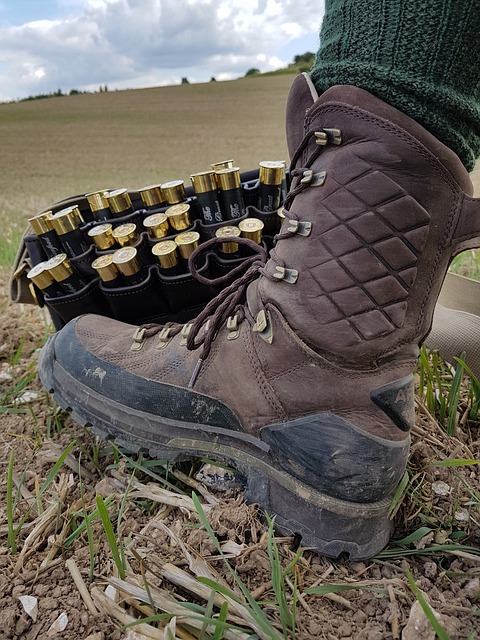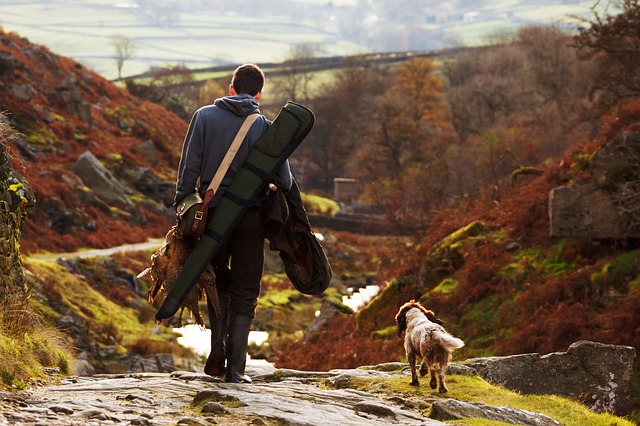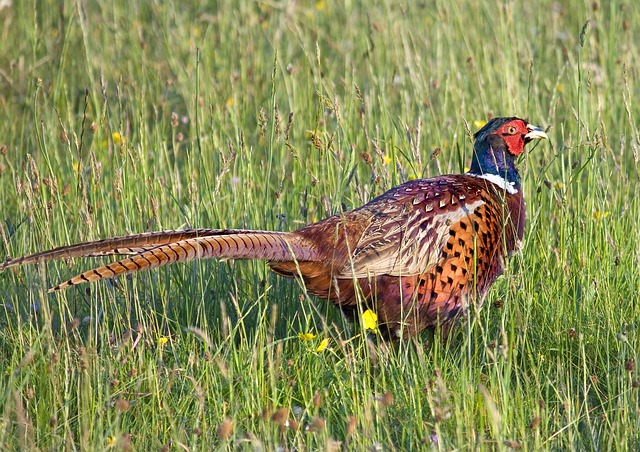A Guide that Provides Tips for Shooting Pheasants
To enjoy the outdoor experience of firing at pheasants, you can opt for a 12, 16 or the 20 bore. In some instances, you might see a 28 bore in use. Generally, anything below the 32-inch bore is good enough provided it’s given a good choke. Another determining factor is what is being shot at and the build of the bore. If you are firing on high driven pheasants, the 4s and five cartridges are best recommended.

Observe Safety
When dealing with lethal firing tools, your safety must be your top priority. Carefully listen to the host safety briefing as this helps determine where the beaters and flankers are situated.
Have Respect for the Rules
Your shooting differs depending on the circumstances. Take time to figure out the right drill that matches your ground game, pigeons, and corvids. Other questions to figure out are the horn required to start the drive, whether the numbering is from left to right or vice versa. If you are moving up two to three expect to pick empty cartridges on each drive.
Understand the Flow of Things
When using a peg use your field craft to determine the direction in which the birds might originate and fly towards. Will there be a crosswind or not? What is the approximate height of ascent? This helps determine the duration of your kill window. After a few swings visualize yourself taking a couple of shots. This helps capture several shots provided you are in a firm state of mind. A few of these uncertainties can be erased too.
The Line is just as Valid as Speed and Height
As the bird perches up and flies your way, take a careful look to judge its speed and approximate height. Another area to consider is the line. This is important when looking adjusting your feet to a suitable position, particularly as you mount the gun.
Gaze your Focus on the Head
Try to focus one eye on the beak and head of the pheasant, while the other should look at the space right in front of the bird; where it is headed. This strategy drastically improves your kill rate.
Adjust your Feet
As you move your feet, consider the bird you are trying to shoot. The feet adjustments must be in accordance with your body coordination. Readjust the balance at the back of your feet as you address the bird. This task must be completed before the bird flies through your kill window. Any sign of slack and you will miss out on the kill window. Avoid rushing any shot. Any failure to readjust your feet accordingly as you mount the gun will see your position in an uncomfortable pose.
Nose Over Toes
Pheasants that are hoisted to an average or medium range will require slightly more weight concentrated on your back foot. A slightly more aggressive stance involves lowering your cheek as well as the stock as you take the bird at its front. A bird at a high range – that is over 40 yards – requires a much later shot that will be out of range.



